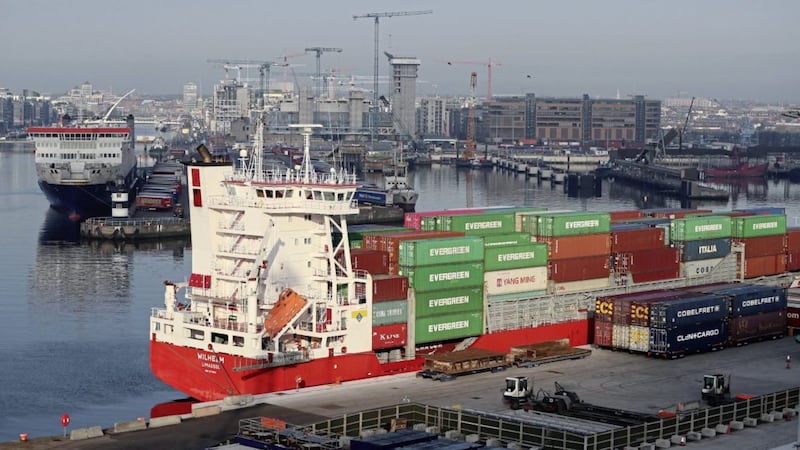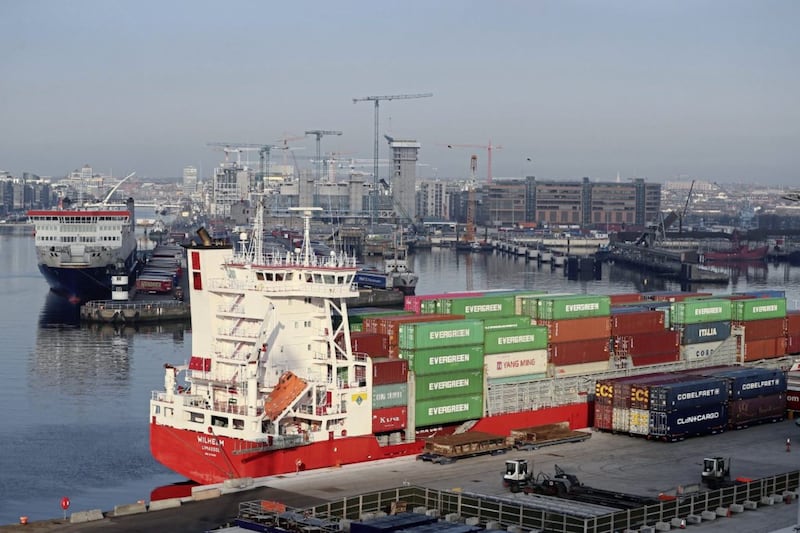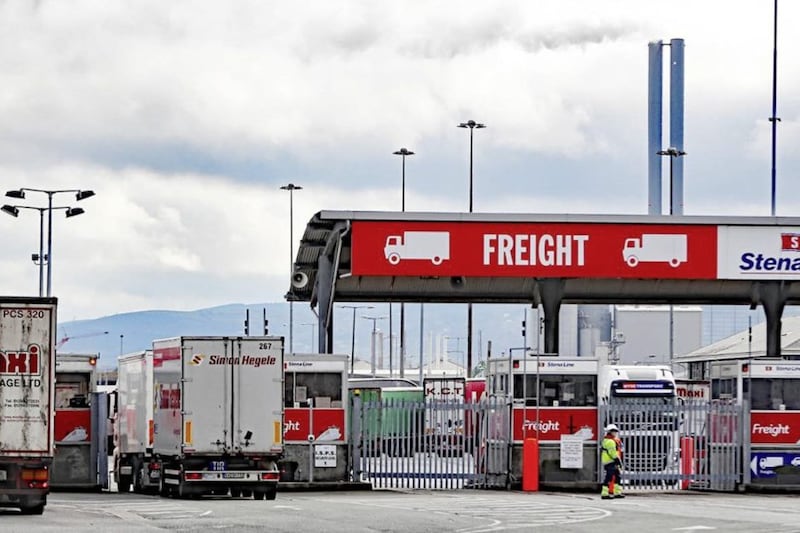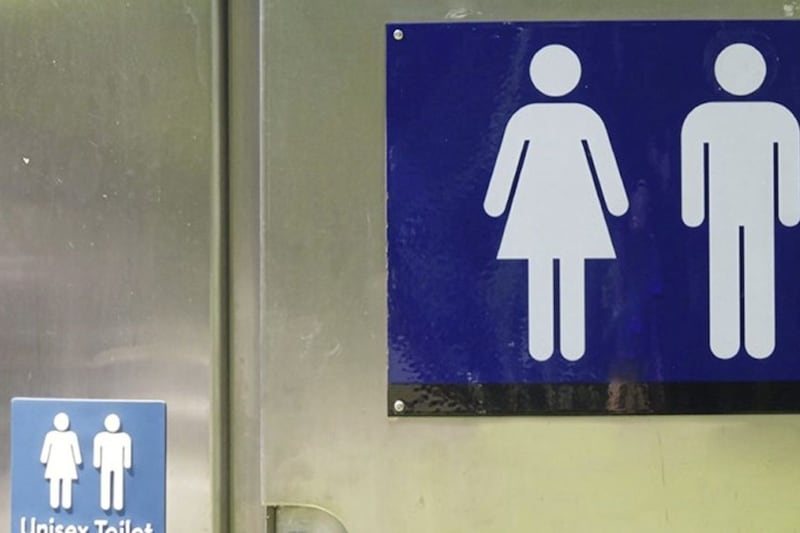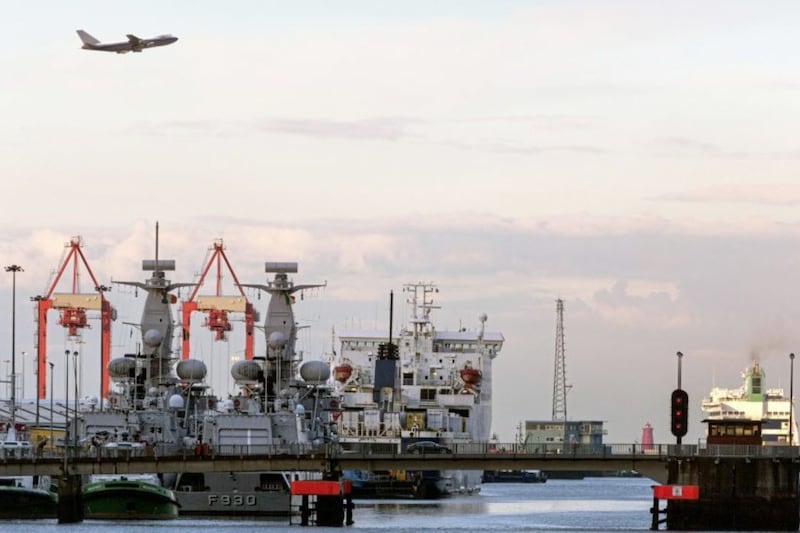OVERALL traffic throughput at Dublin Port dipped by 3.3 per cent in the first nine months of this year compared to the same period in 2020 amid what it said was "a remarkable shift in the business".
For while container traffic was broadly unchanged, the impact of Brexit border controls since January led to flows to and from Britain (primarily Holyhead, Liverpool and Heysham) plunging by 21.2 per cent.
That compared to a 36.3 per cent increase in volumes from Continental ports (mainly Rotterdam, Zeebrugge, Antwerp and Cherbourg).
And port’s chief executive Eamonn O’Reilly admitted that the "dislocation" of traffic from Dublin to ports in Northern Ireland would be a "permanent feature" and a reversal of what happened when the Single European Market begun 30 years ago.
According to the Central Statistics Office in the Republic, Dublin Port accounted for 60.3 per cent of all vessel arrivals in Irish ports and for 48.7 per cent of the total tonnage of goods handled in the second quarter.
Britain and Northern Ireland accounted for 32.1 per cent of the total tonnage of goods handled in the main ports by region of trade in Q2 2021, compared with 37.3 per cent during the same time last year.
The specific trading figures for Dublin Port showed that overall port throughput declined by 3.3 per cent to 25.9 million gross tonnes compared to the same period in 2020.
Mr O’Reilly added: “After nine months, the impact of Brexit on the profile of Dublin Port’s trade has become clear with volumes on unitised services to Great Britain declining by just over one-fifth while volumes on services to Continental Europe increased by more than a third.
“Because of this, our unitised volumes are now split 50/50 between GB ports and ports in Continental Europe. Before Brexit, GB ports accounted for almost two-thirds.
“The movement of Irish trade to EU markets and away from the UK has also had the effect of reducing the number of trailers that move through Dublin Port which are driver-accompanied.
“Over the nine months, nearly 60,000 loads which would have been driver-accompanied before Brexit were shipped as unaccompanied trailers. This is bad news from a port capacity perspective.
“In addition, we have seen a much larger decline in gross tonnes in the unitised modes than we saw in the number of containers and trailers - 3.3 per cent compared to 0.5 per cent.
“Our interpretation of this is that the average size of a load in a container or trailer has reduced because operational efficiencies which the Single European Market had facilitated in trade with Britain have been removed because of Brexit.”
He added: “The only positive thing we have seen since Brexit is that the much-feared congestion and delays as a result of border controls have not materialised.
“The average number of physical inspections on trailers coming off ferries from Britain is less than three per sailing.
“But however efficient the border inspections by state agencies are, some ro-ro operators are now opting to use Northern Irish ports instead of Dublin, and we believe this dislocation of trade to ports in Northern Ireland will be a permanent feature.”
